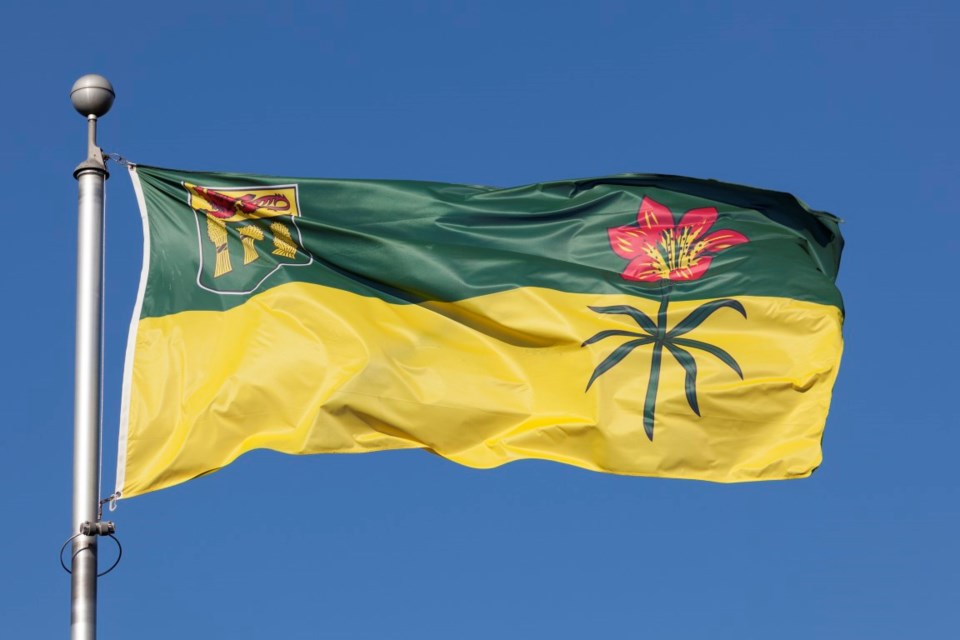If you ask someone in Calgary where they are from, you’ll probably hear one answer more than you’d think: Saskatchewan.
For years, thousands of Saskatchewanians who were not tied down by a farm, and even some who were, picked up and moved west to Alberta. Jobs were more plentiful, the mountains were a nice bonus and provincial tax collectors took much less out of your pocket.
The government of Saskatchewan has been working for years to change that last one. Finance Minister Donna Harpauer recently stood up in the provincial legislature to call attention to the government’s history of income tax cuts.
Harpauer highlighted the fact that, in 2007, a Saskatchewan family of four making $75,000 would pay $5,015 in income tax. Today, that same family is paying $1,891.
The difference comes from years of income tax cuts. In 2008 and 2011, the government increased the basic personal amount. That means that you could earn more money without getting hit by provincial income taxes. In 2017, the government reduced each tax bracket by half a percentage point.
And the government got rid of bracket creep in 2021. Bracket creep happens when the government fails to change its tax brackets with inflation. That means you could be bumped into a higher tax bracket by inflation despite not being able to afford anything extra. The government is now indexing tax brackets to inflation every year.
In total, the cuts add up to more than $3,000 in reductions on a family’s income tax bill. It’s money that can be used for six months of groceries, the downpayment on a used Honda Civic or a couple of mortgage payments.
The government has meaningfully reduced our income tax bills. But we’re still falling behind on sales, and business tax competitiveness.
Total provincial taxes will cost a Saskatchewan family $4,123 this year. If they lived in Alberta, they would pay $2,603. That’s because while the income tax paid is lower in Saskatchewan, Saskatchewanians pay more in sales tax.
In 2007, that same Saskatchewan family of four paid $1,081 through the provincial sales tax. Today, they pay $1,932. That’s because the government continues to jack up its PST.
In 2017, the government raised the PST from five to six per cent and removed exemptions for used cars, restaurant meals and children’s clothes. In October 2022, Premier Scott Moe started charging the PST on sports games, concerts, trade shows, fairs, rodeos and movie theatres. That means Moe is charging you more to cheer on the Riders.
Contrast this with Alberta, which doesn’t have a PST. During the Christmas holidays, every Albertan family saved about $80 on gifts because the Alberta government doesn’t impose a PST.
Alberta also edges out Saskatchewan on business taxes. Alberta’s business income tax is eight per cent. Saskatchewan’s is 12 per cent.
That’s a problem. When businesses look to expand and create jobs, they look for low taxes. These are businesses that are less likely to look at Saskatchewan.
Other provincial governments have been providing significant tax relief.
Alberta, Ontario and Newfoundland and Labrador all recently cut gas taxes. Manitoba, Quebec and New Brunswick all recently cut income taxes.
Premier Danielle Smith in Alberta is promising to go even further. Smith says she will cut income taxes and expand the taxpayer protection to prevent future tax hikes without a referendum if her United Conservatives are re-elected.
While six other provincial governments are cutting taxes to make life more affordable for taxpayers and increase competitiveness, Moe’s recent budget didn’t provide any relief for Saskatchewan taxpayers.
From 1997 to 2007, Saskatchewan’s population declined by over 20,000. Since then, the province’s population has grown by 219,000.
The government of Saskatchewan has done good work cutting income taxes and making the province more attractive to job seekers. But as other provincial governments also cut taxes and become more competitive, more work needs to be done.
Saskatchewan has come a long way, but if its government isn’t careful, it might fall behind.
Gage Haubrich is the Prairie Director for the Canadian Taxpayers Federation
The views and opinions expressed in this article are those of the author, and do not necessarily reflect the position of this publication.




